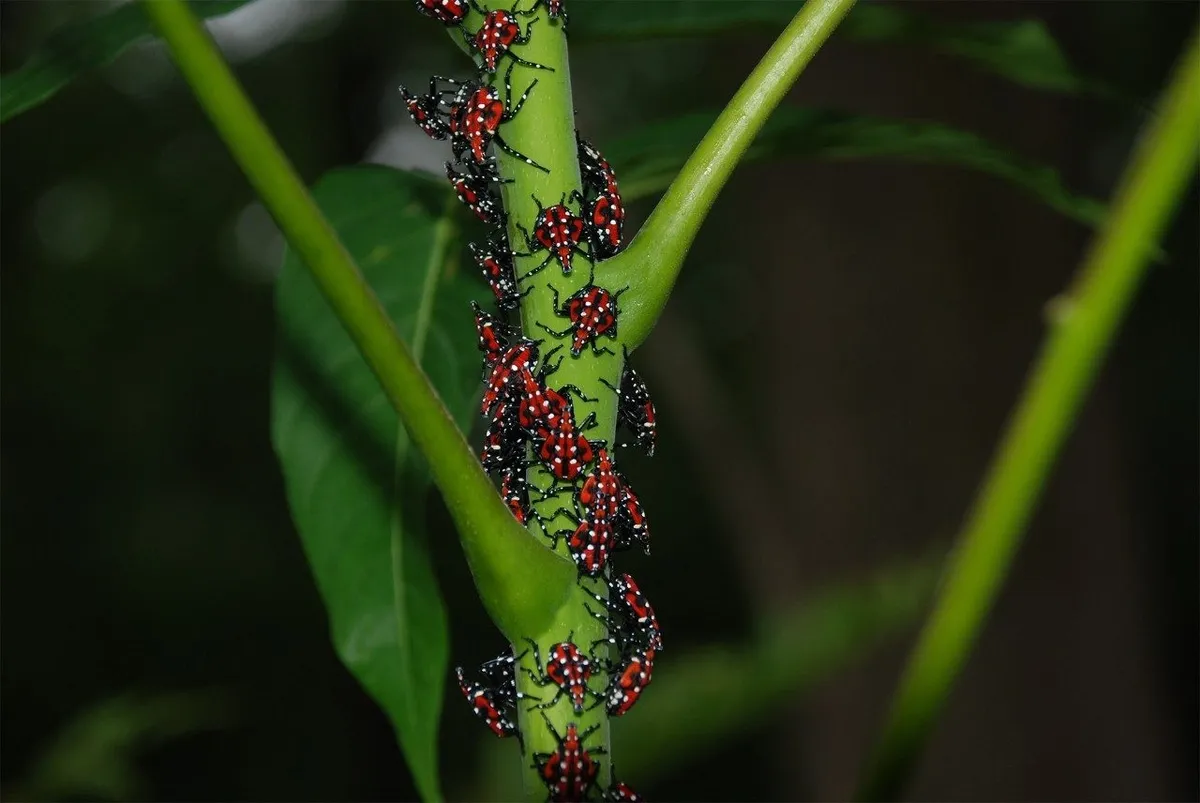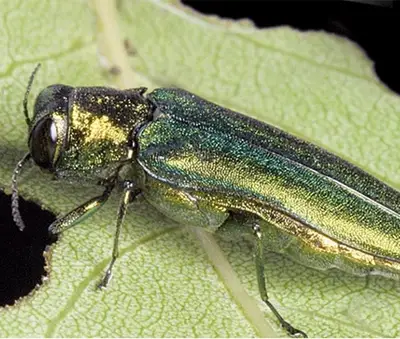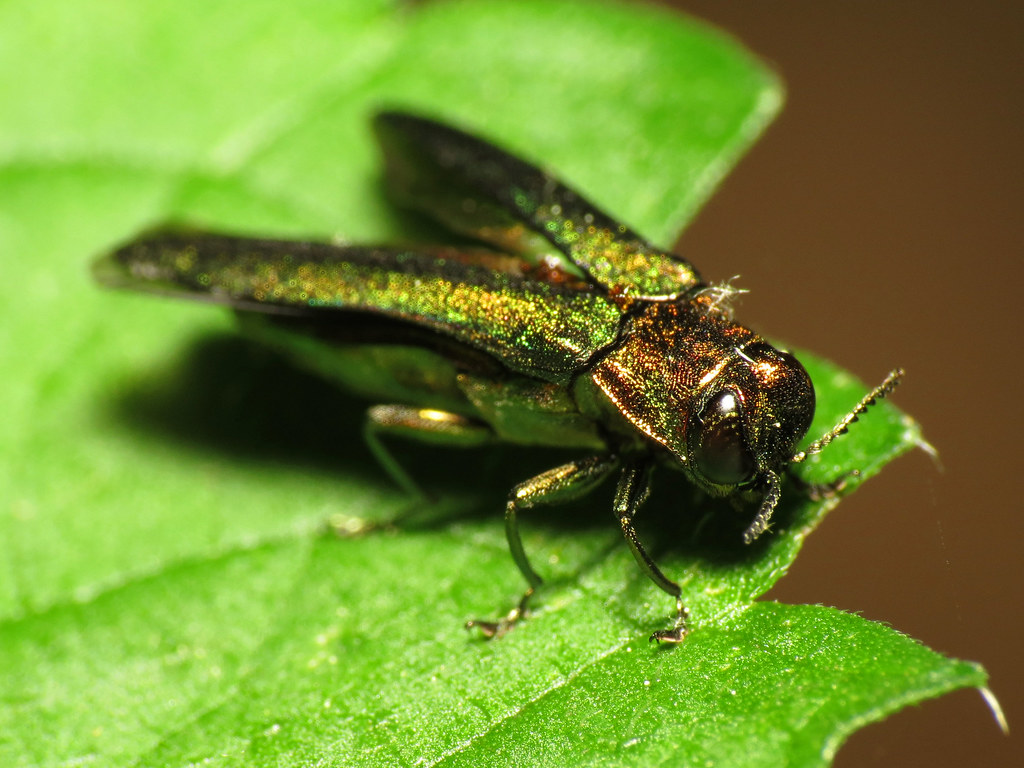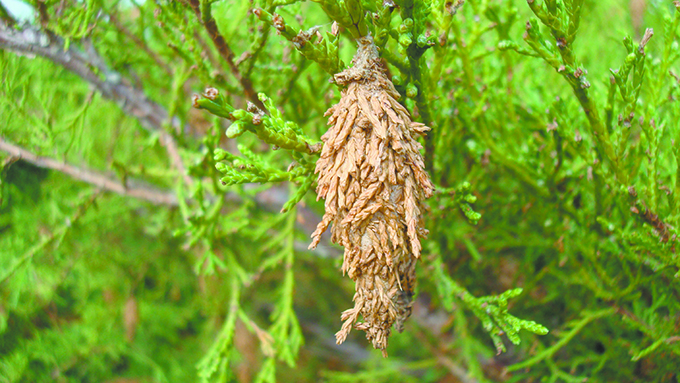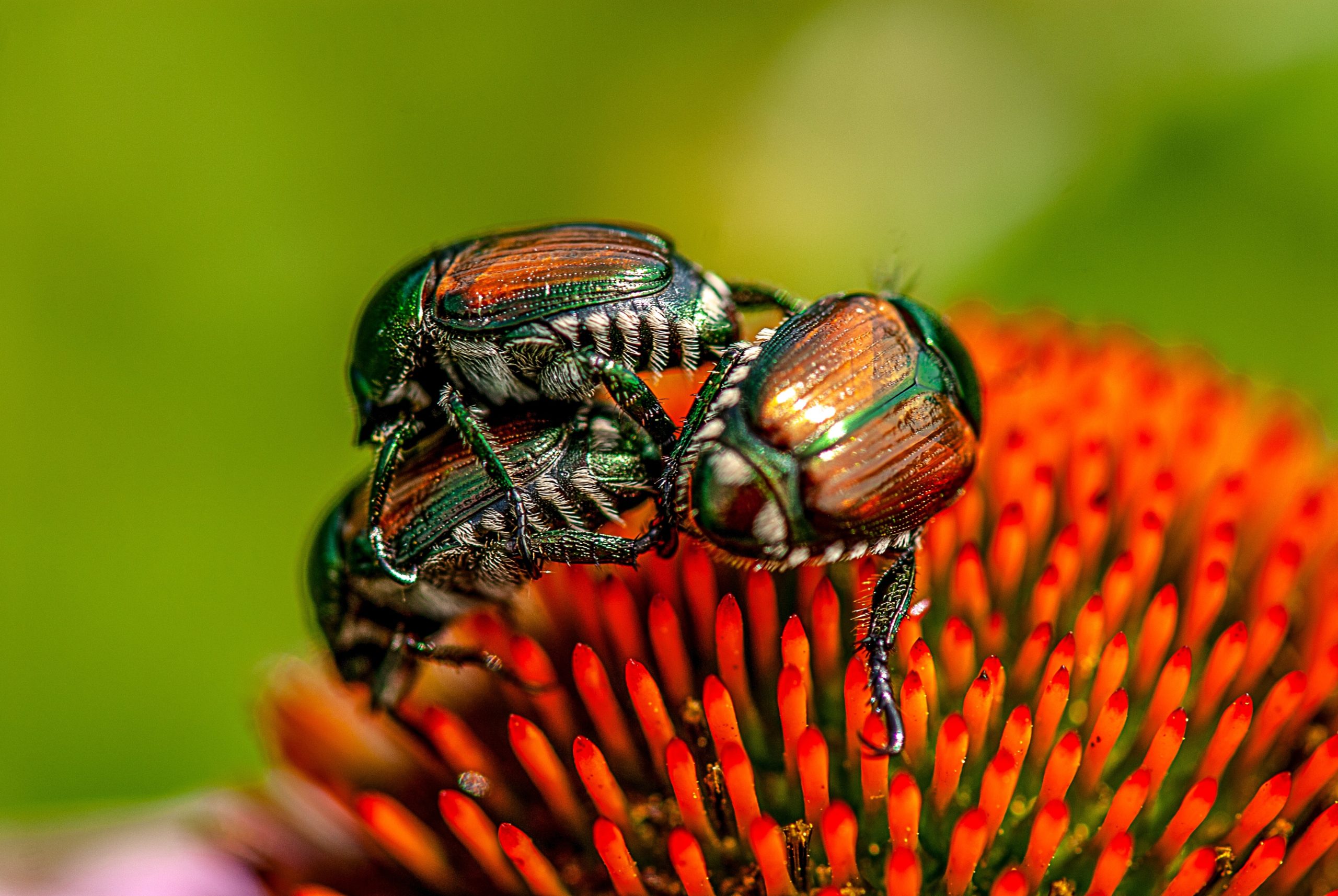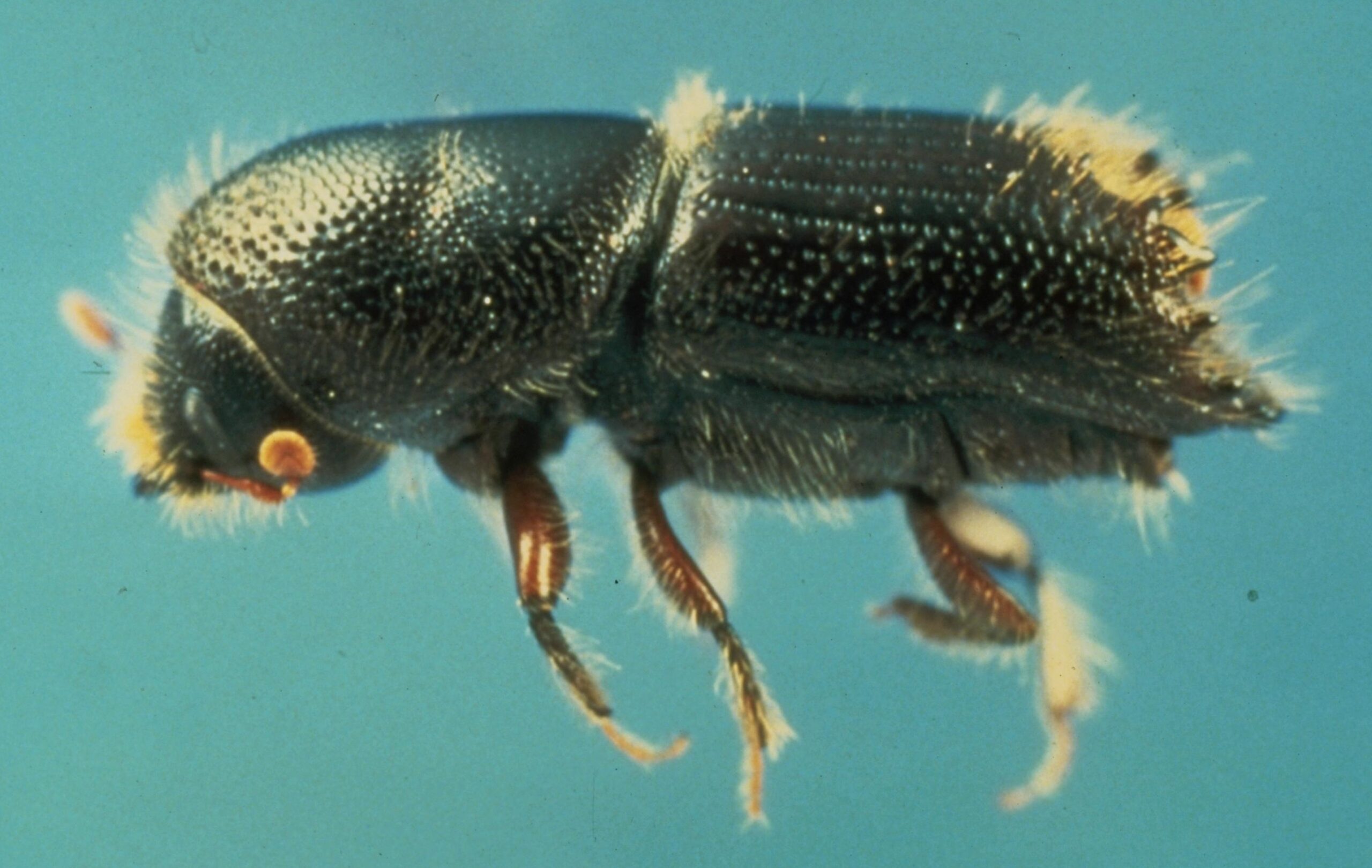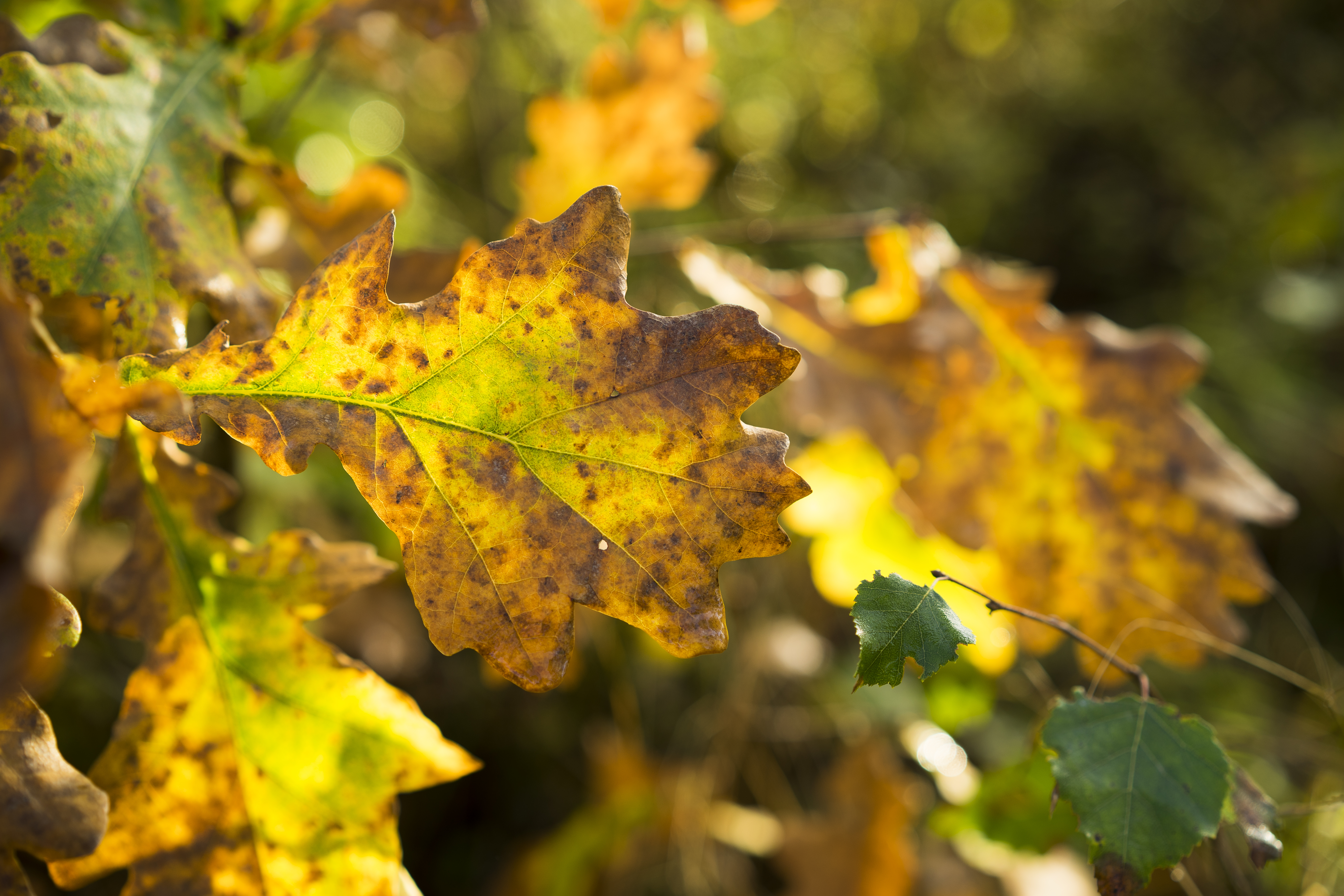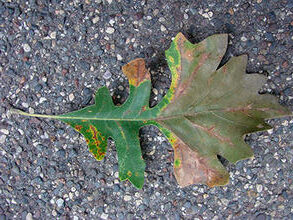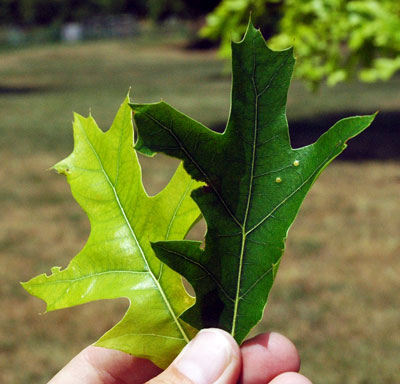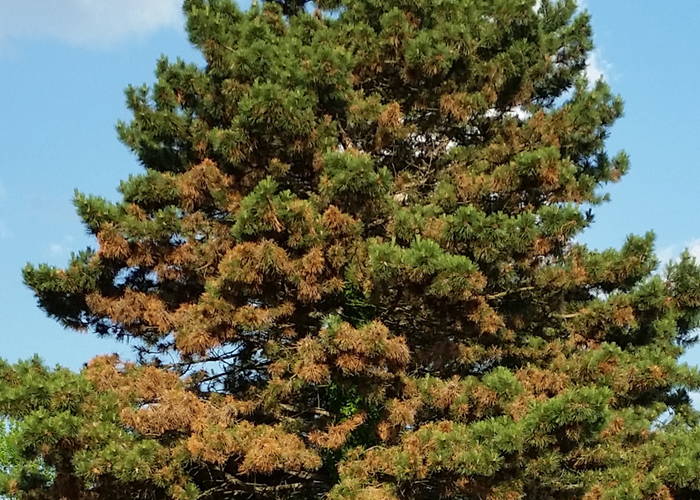Integrated Pest Management
Through an environmentally sensitive method called Integrated Pest Management (IPM), the experts at TerraGreen utilize a comprehensive evaluation and treatment protocol that considers the pest, the surrounding ecosystem, and a variety of treatment options. The IPM method allows our pest management team to offer the most economical treatment options, while minimizing possible hazards to people, property, and the surrounding environment.
Integrated Pest Management
What Is A Pest?
- A pest is an unwanted organism that is a nuisance or causes injury to other organisms such as trees and plants. Pests can include insects and mites, weeds, plant diseases and more.
Benefits of Integrated Pest Management
- Most Successful pest management approach
- Greater variety of treatment options
- Reduce risk to people, animals, and environment
- Reduce unnecessary chemical exposures
- Lower cost of management
Control methods
- Physical – The use of barriers, traps, water, heat, etc to manually control or remove pests. Typically most effective when populations are small.
- Chemical – Synthetic compounds created or used to treat a specific pest or group of pests, in a designated species or environment. Many are available to the general public, some are Restricted to Licensed Pesticide Applicators only.
- Biological – Use of living organisms to control pest populations. Introducing or encouraging Insects, Nematodes, and Bacteria that are natural enemies to pests.
- Cultural – Providing the appropriate environment for plants to thrive and removing environmental factors that may contribute to attracting pests. This included selecting resistant plant cultivar, appropriate spacing and sun conditions, and routine plants health habits.
tree injections & pesticide applications
- Safe and Effective treatments for a variety of tree and plant conditions
- Lawn and Turf pest control applications
- Licensed Commercial Pesticide Applicators – Nebraska Department of Agriculture
Common Insects and Mites
-
Emerald Ash Borer
- Common species affected
- All Ash species are susceptible
- Signs and Symptoms
- Branches dying back from the tips
- “D” shaped beetle exit holes in the trunk
- Loose or dead bark
- Common species affected
-
Bagworms
- Common Target Species
- Juniper, Spruce, Pines, and other evergreens
- Maple, Elm, Locust, and more.
- Signs and Symptoms
- Small bags up to 2 inches hanging from branches
- Bags covered with leaves or foliage
*Evergreens can be severely damaged or killed by bagworms.
-
Japanese Beetles
- Common Target Species
- Over 300+ potential target species
- Linden trees are their favorite
- Signs and Symptoms
- Chewing on, skeletonizing leaves.
- Annual grub damage to the lawn
-
Ips Bark Beetles
- Common Target Species
- Ponderosa pine, Some Spruce trees
- All pines are susceptible to at least 1 species
- Signs and Symptoms
- 1/16th inch holes in the trunk
- Loose bark with frass (sawdust) present
Common Plant Diseases
- Oak Wilt – Bretziella Fagacearum Fungus
- Common species affected
- Primarily Red Oak family
- Bur Oaks
- Signs and Symptoms
- Bronzing or browning of leaves, branches dying
- Brown/black streaks in the wood tissue
- Common species affected
- Burr Oak Blight – Tubakia Iowensis Fungus
- Common species affected
- Specific to Bur Oaks
- Signs and Symptoms
- Browning of the tips or edges of leaves
- Wedge shaped browning on leaves
- Typically starts from lower branches and moves up
- Common species affected
- Chlorosis
- Common species affected
- Primarily Pin Oak and Silver Maple
- Birch, Red Maple Hybrids, Bald Cypress
- Signs and Symptoms
- Yellowing of leaves in-between veins
- Veins remain green
- Common species affected
- Diplodia Tip Blight
- Common species affected
- Most pines are susceptible
- Signs and Symptoms
- Stunted or dead needles at branch tips
- Tiny black dots at the base of the needles
- Common species affected

